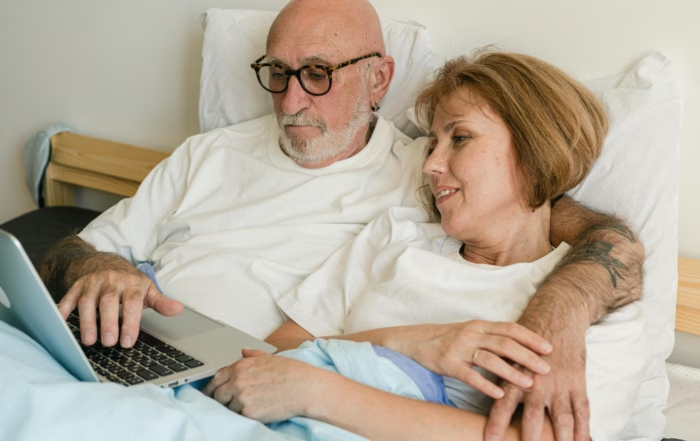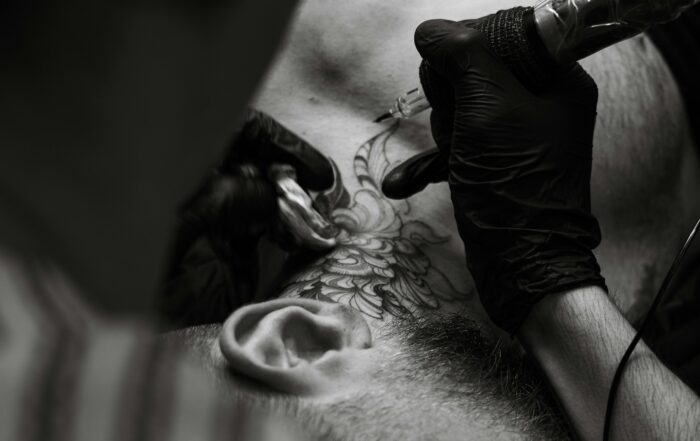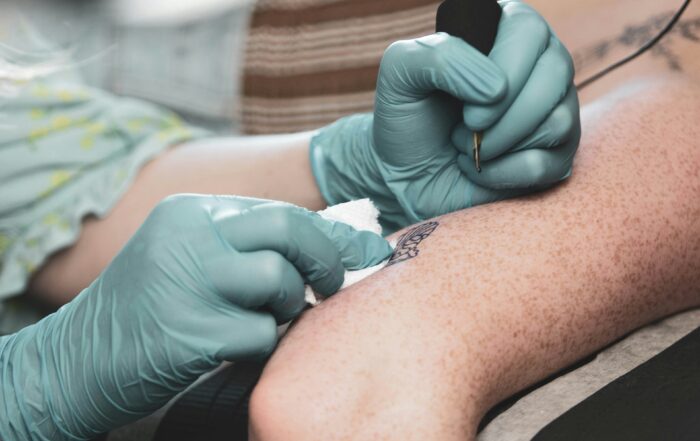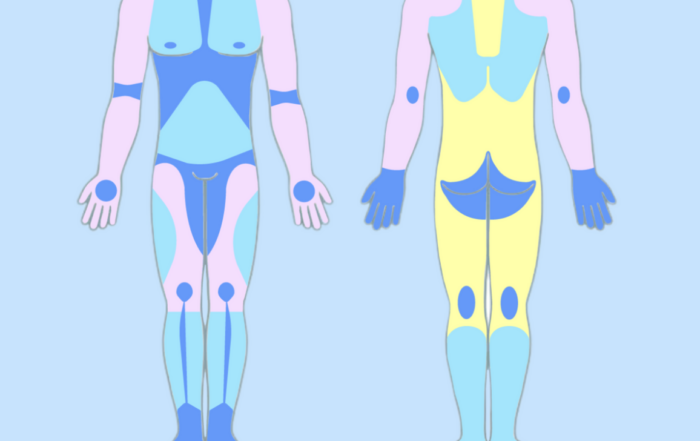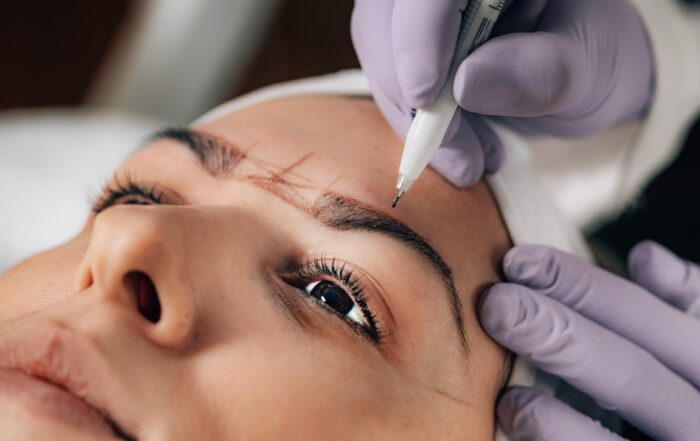Ultimate Tattoo Pain Guide: Least to Most Painful Body Parts for Tattoos
Are you wondering which body parts experience the most and the least pain when getting a tattoo? When it comes to getting a tattoo, pain is inevitable. The level of pain one experiences during the tattooing process varies significantly based on the body part being tattooed, individual pain tolerance, and the artist’s technique. In this comprehensive guide, we will delve into the world of tattoo pain and outline which body parts are the most and least painful to tattoo. This information will help you make informed decisions about tattoo placement and prepare for a more enjoyable tattooing experience.
Tattoo Pain Chart: Front and Back of the Body
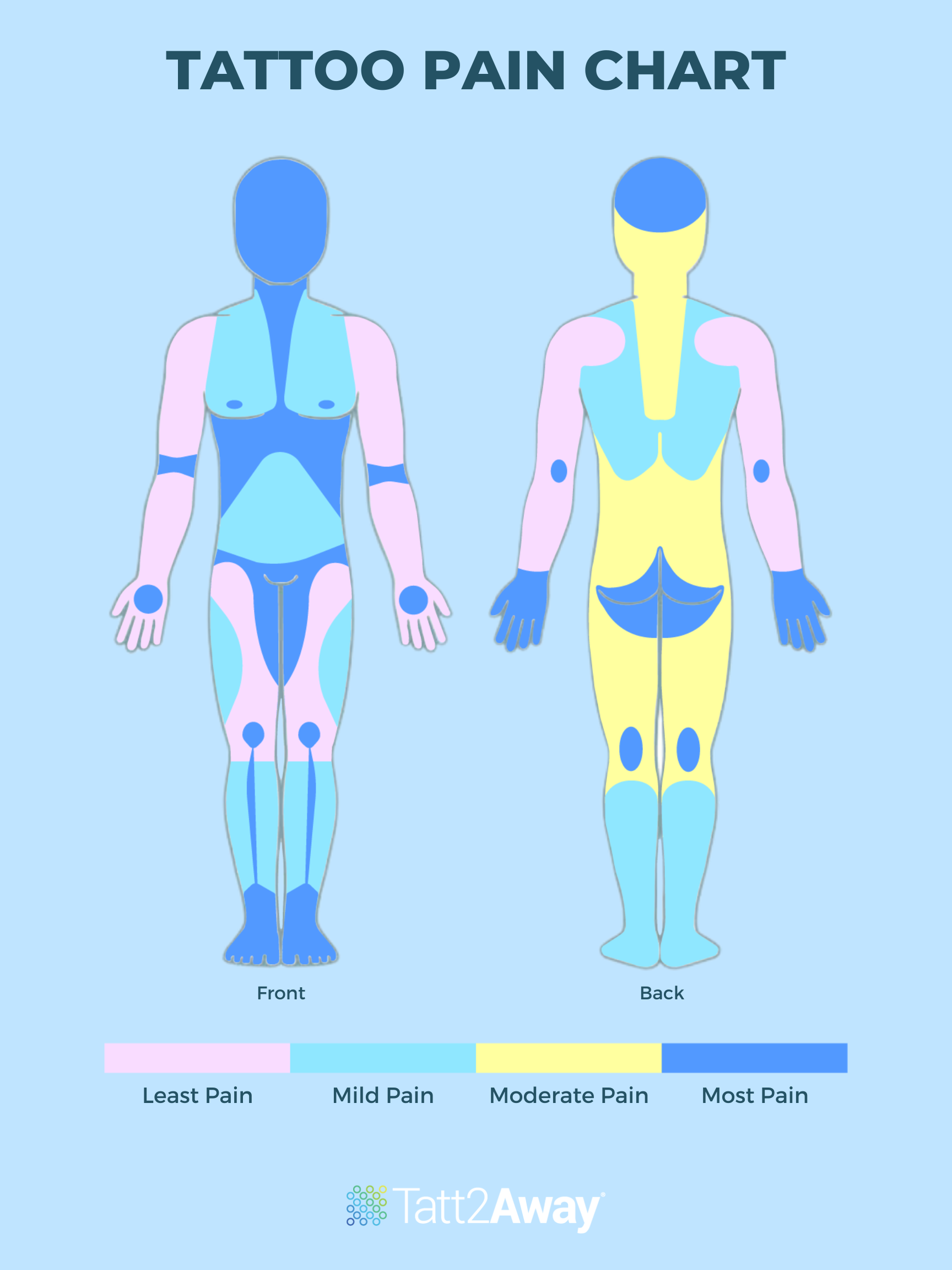
Factors Affecting Your Level of Tattoo Pain
Several factors can influence the pain level experienced during a tattoo session. Understanding these factors can help you anticipate the level of discomfort and plan accordingly.
a. Body Part
The location of your tattoo is one of the most significant factors affecting the pain level. Areas with thinner skin, more nerve endings, or closer proximity to bones tend to be more painful.
b. Pain Tolerance
Individual pain tolerance varies widely, and what may be uncomfortable for one person might be barely noticeable for another. Your personal pain threshold will significantly impact your experience during a tattoo session.
c. Tattoo Size and Complexity
Larger tattoos or those with intricate designs may require more time and effort from the artist, potentially increasing the pain level. Detailed work involving shading or coloring can also intensify discomfort.
d. Artist Technique
The skill and technique of the tattoo artist can influence the amount of pain experienced during the session. An experienced artist with a light hand and a smooth, consistent technique may cause less discomfort than an artist with a heavy hand or inconsistent technique.
e. Hydration and Nutrition
Your physical well-being can also impact your ability to tolerate the pain during a tattooing session. Staying well-hydrated and well-nourished before your appointment can help minimize discomfort and promote an easier experience.
f. Type of Tattoo
Different kinds/styles of tattoos can also cause a change in discomfort level. Bold, solid lines may hurt more than dotwork or stick-and-poke tattoo styles. Having a talented artist that can ink your preferred style is the best way to manage discomfort during your tattooing session.
Now that we have covered the factors, let’s dive into the different tattoo pain levels and which body parts experience the most to the least pain during a tattoo application. Follow along with Tatt2Away®.
Body Parts Ranked by Tattoo Pain Level
This section will rank various body parts by their relative pain levels during tattooing, from most painful to least painful. Keep in mind that individual pain tolerance can vary, so these rankings should be taken as a general guide.
a. Most Painful Areas
Ribcage:
The ribcage has thin skin, little muscle, and many nerve endings, making it one of the most painful areas to get a tattoo.
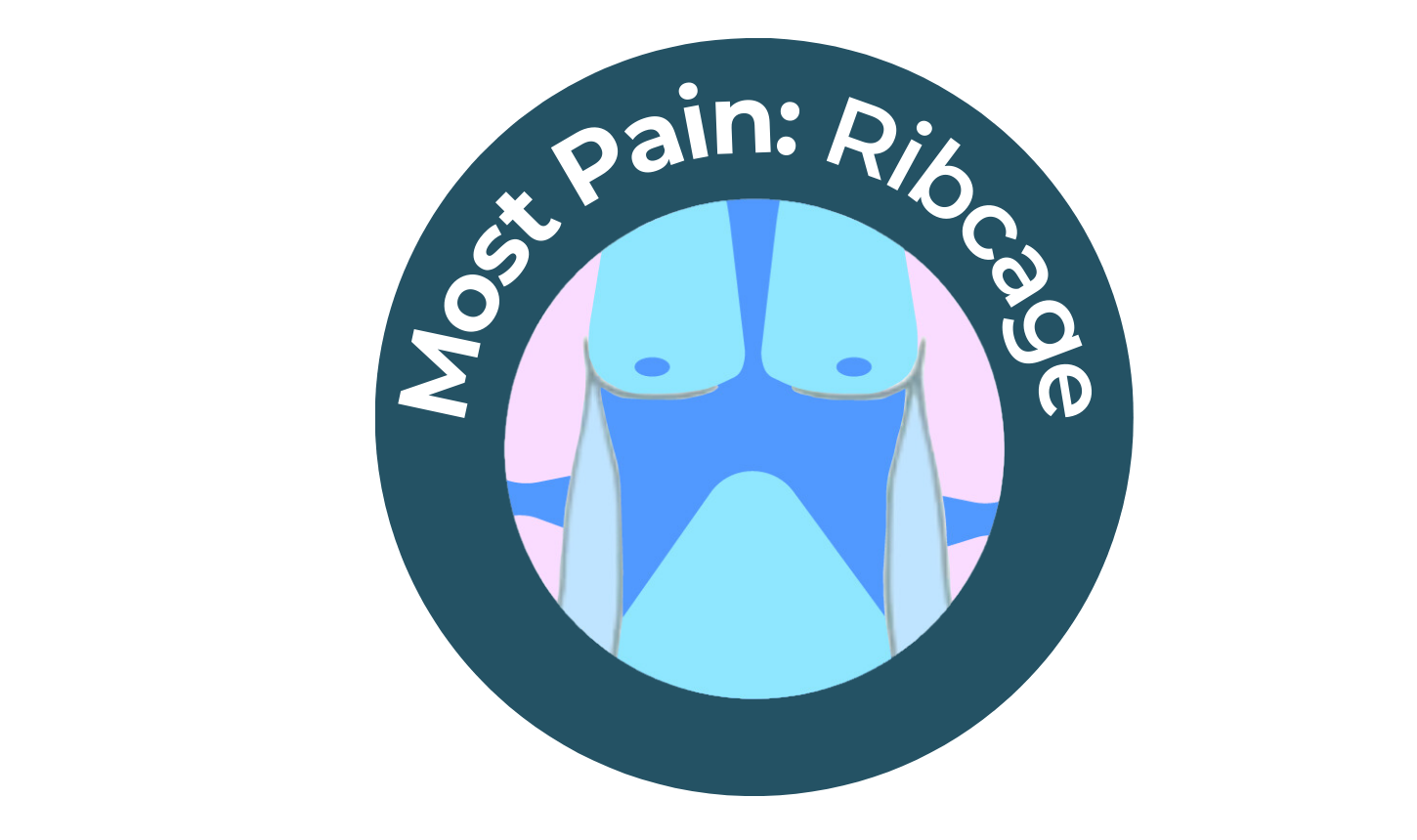
Feet and Ankles:
The feet and ankles have many bones, tendons, and nerve endings close to the surface, making them particularly painful areas for tattoos.
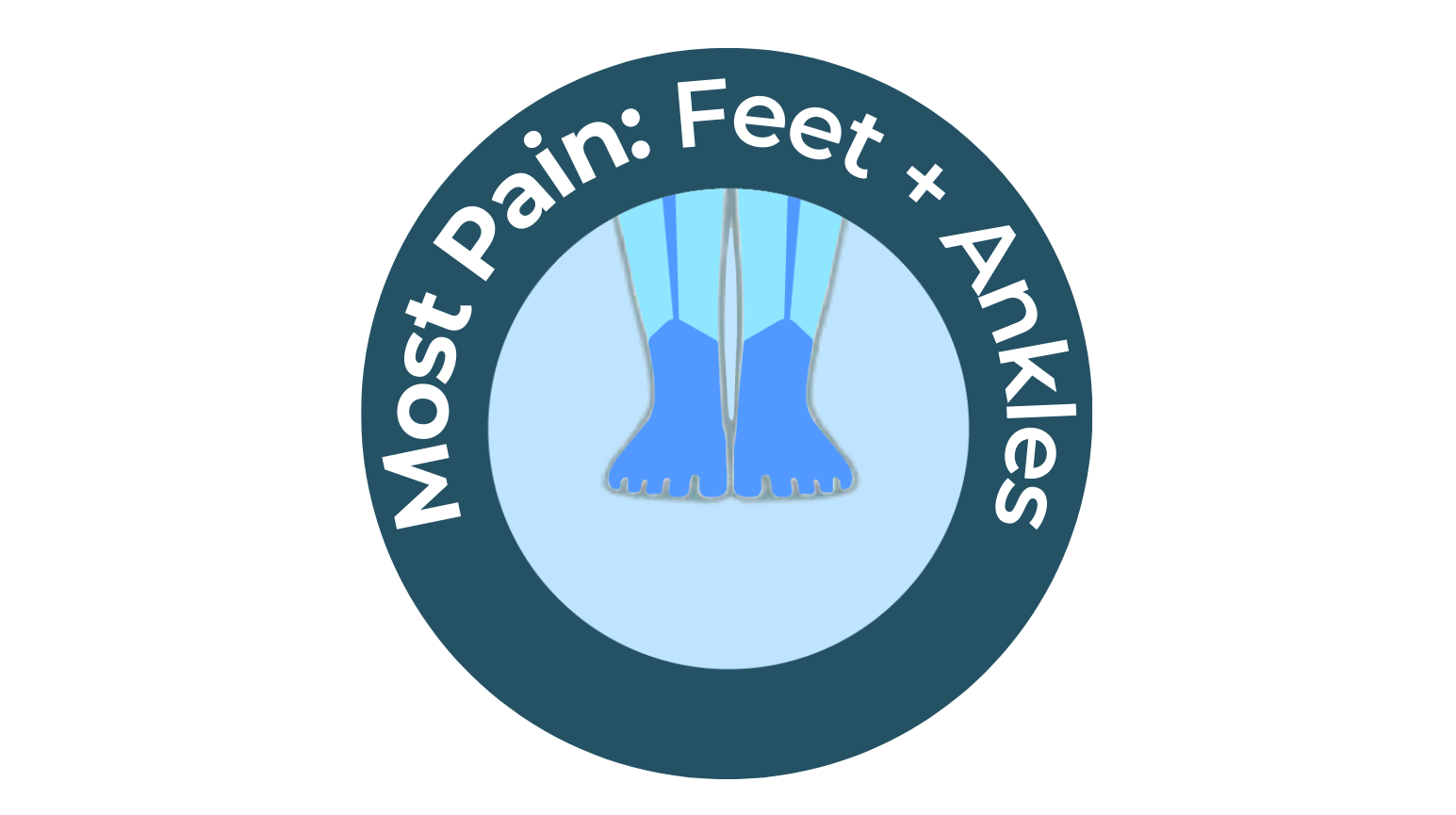
Hands and Fingers:
Similar to the feet, the hands and fingers have many bones, tendons, and nerve endings, resulting in increased pain during tattooing. Knuckles can be especially painful! Luckily, the amount of time spent tattooing this area is minimal, so the pain experienced is brief.
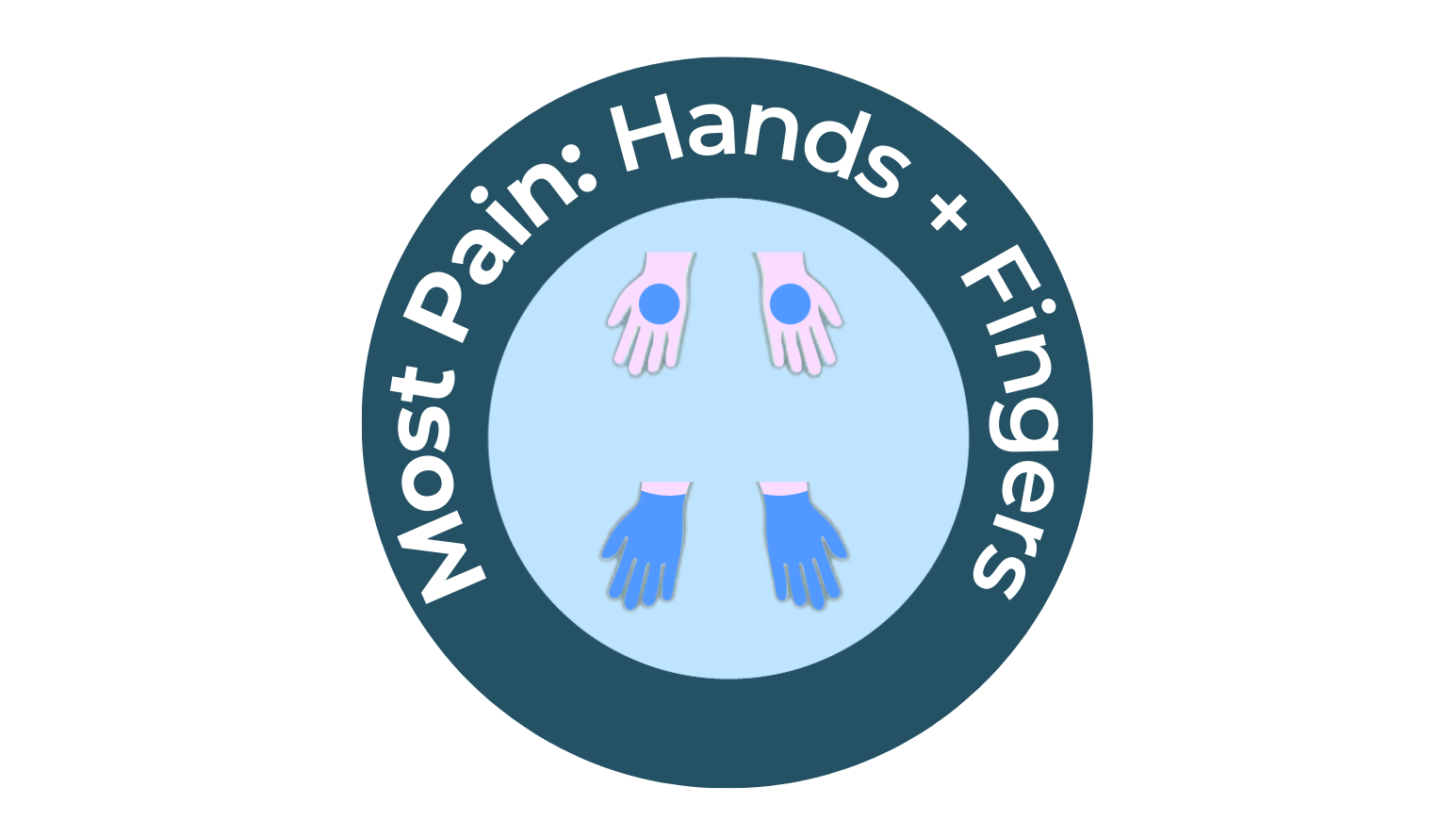
Spine:
The spine is a sensitive area due to the proximity of the spinal cord and nerve endings. Tattooing directly over the vertebrae can be especially painful.
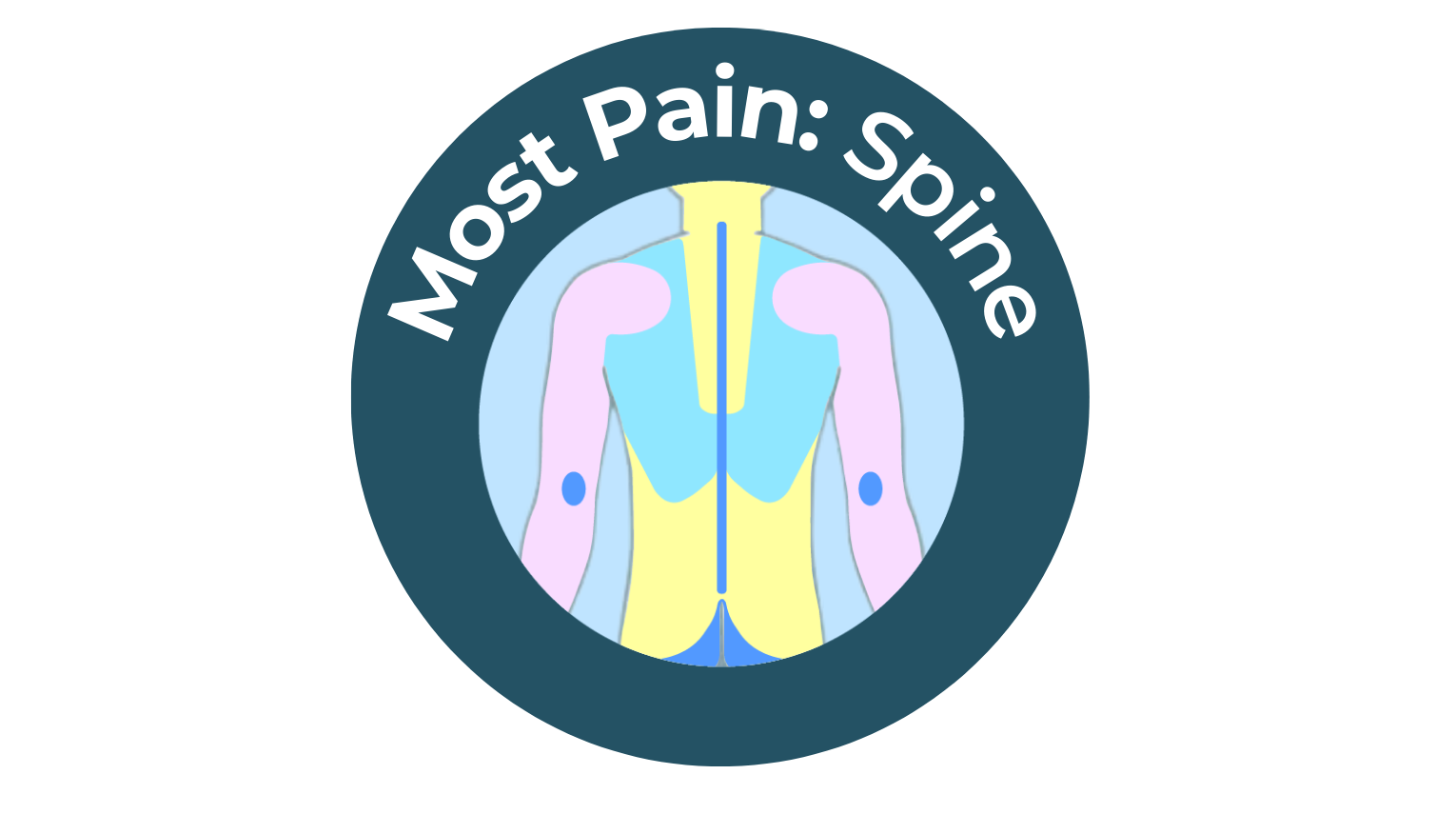
Knees and Elbows:
These areas have thin skin and little padding between the skin and the underlying bones, making them more painful locations for tattoos.
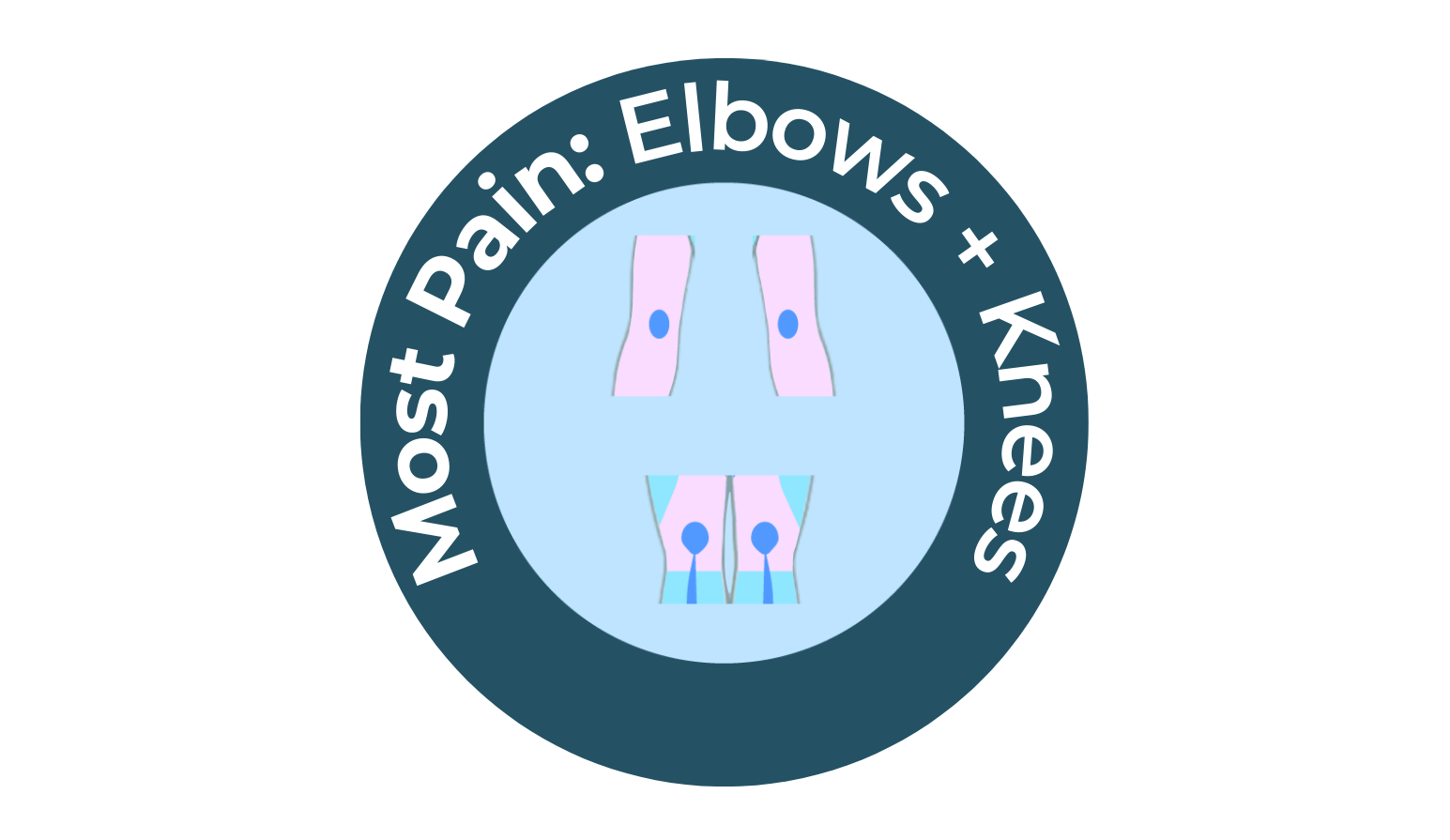
Armpits and Groin:
These areas have a high concentration of nerve endings and lymph nodes, leading to increased pain during tattooing.
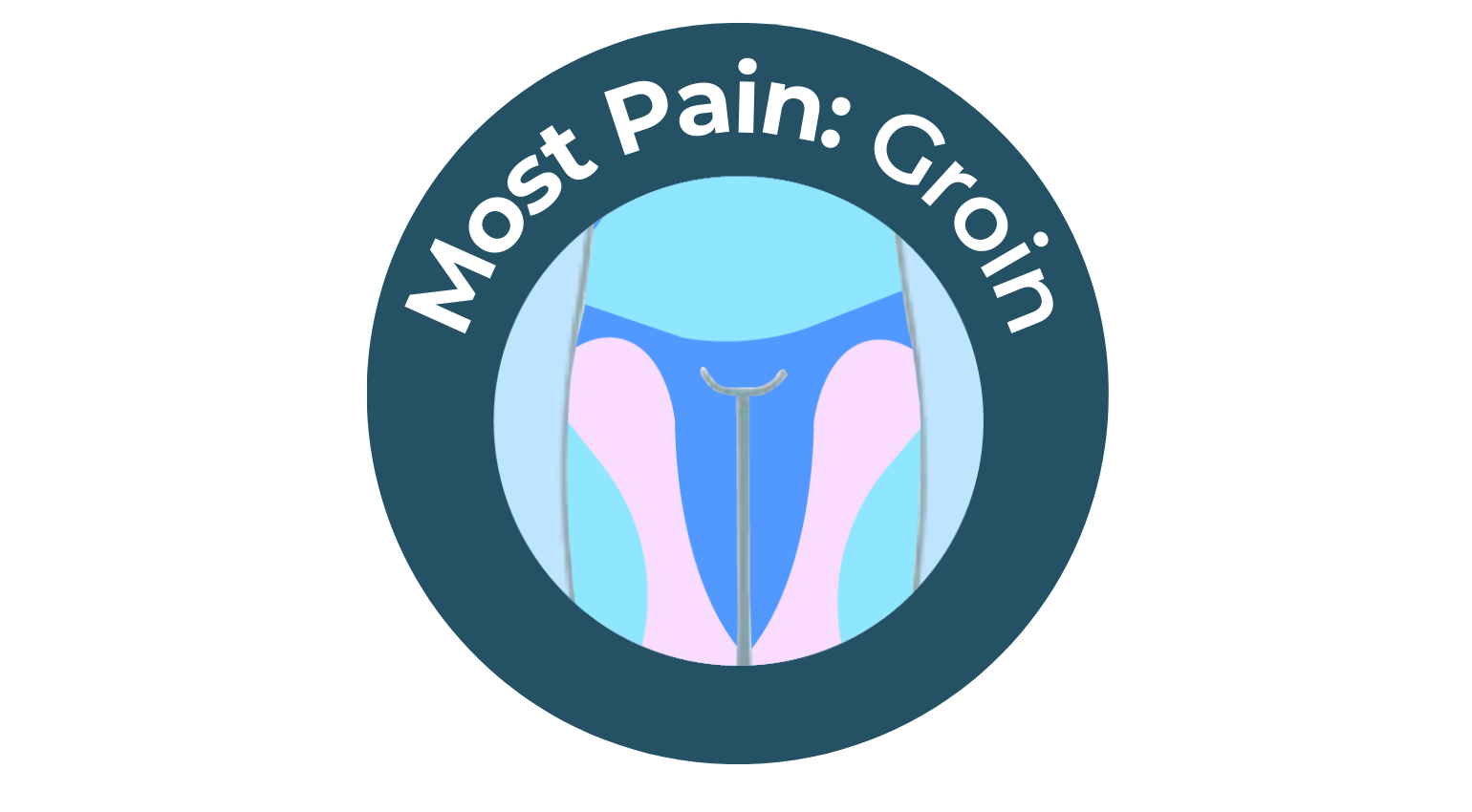
Neck and Throat:
The skin in these areas is thin and sensitive, with many nerve endings and blood vessels close to the surface, making them more painful for tattooing.
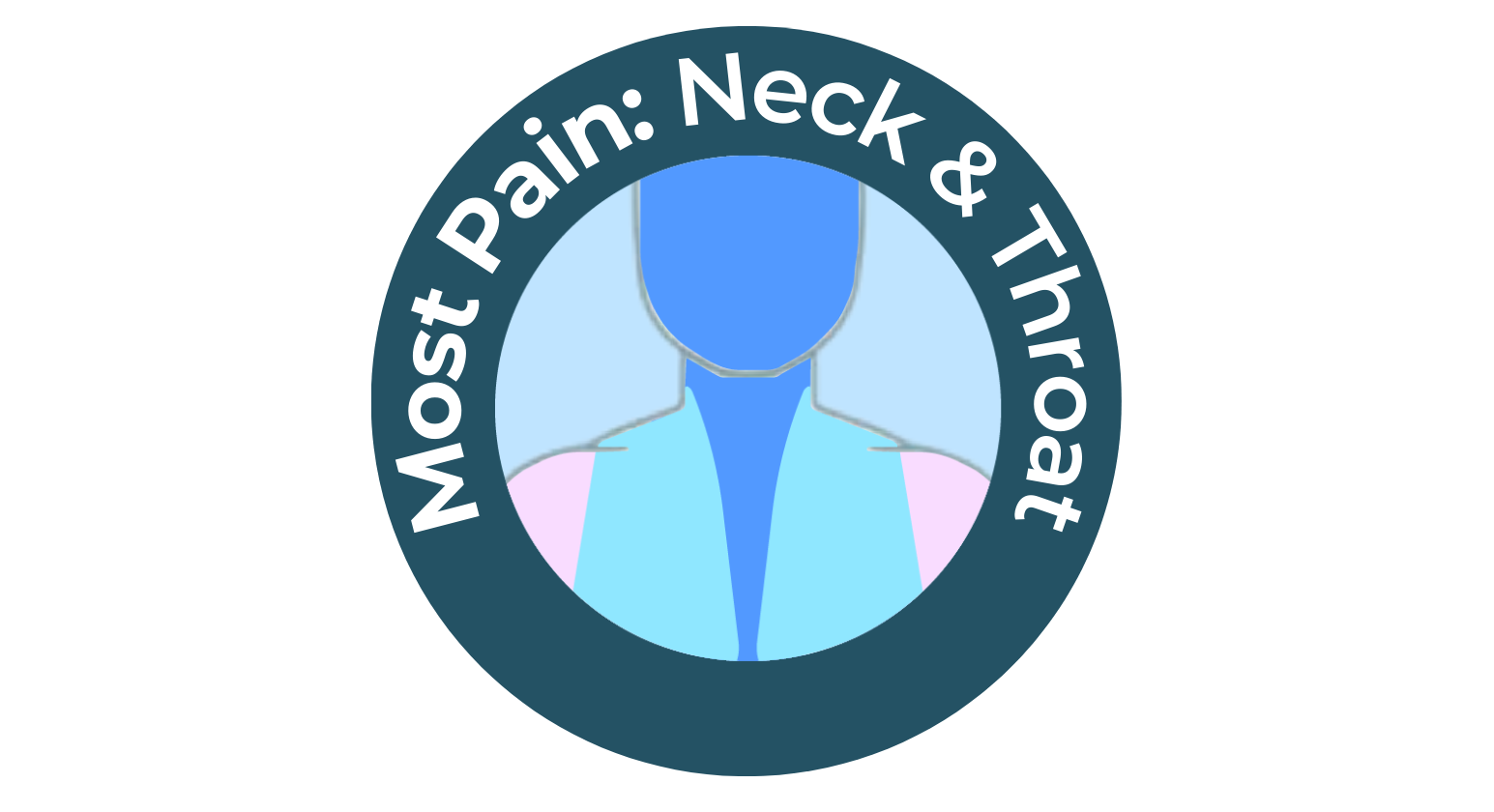
b. Moderately Painful Areas
Chest:
While the chest is generally less painful than the ribcage, it can still be a sensitive area due to the thin skin and proximity to the sternum and collarbones.
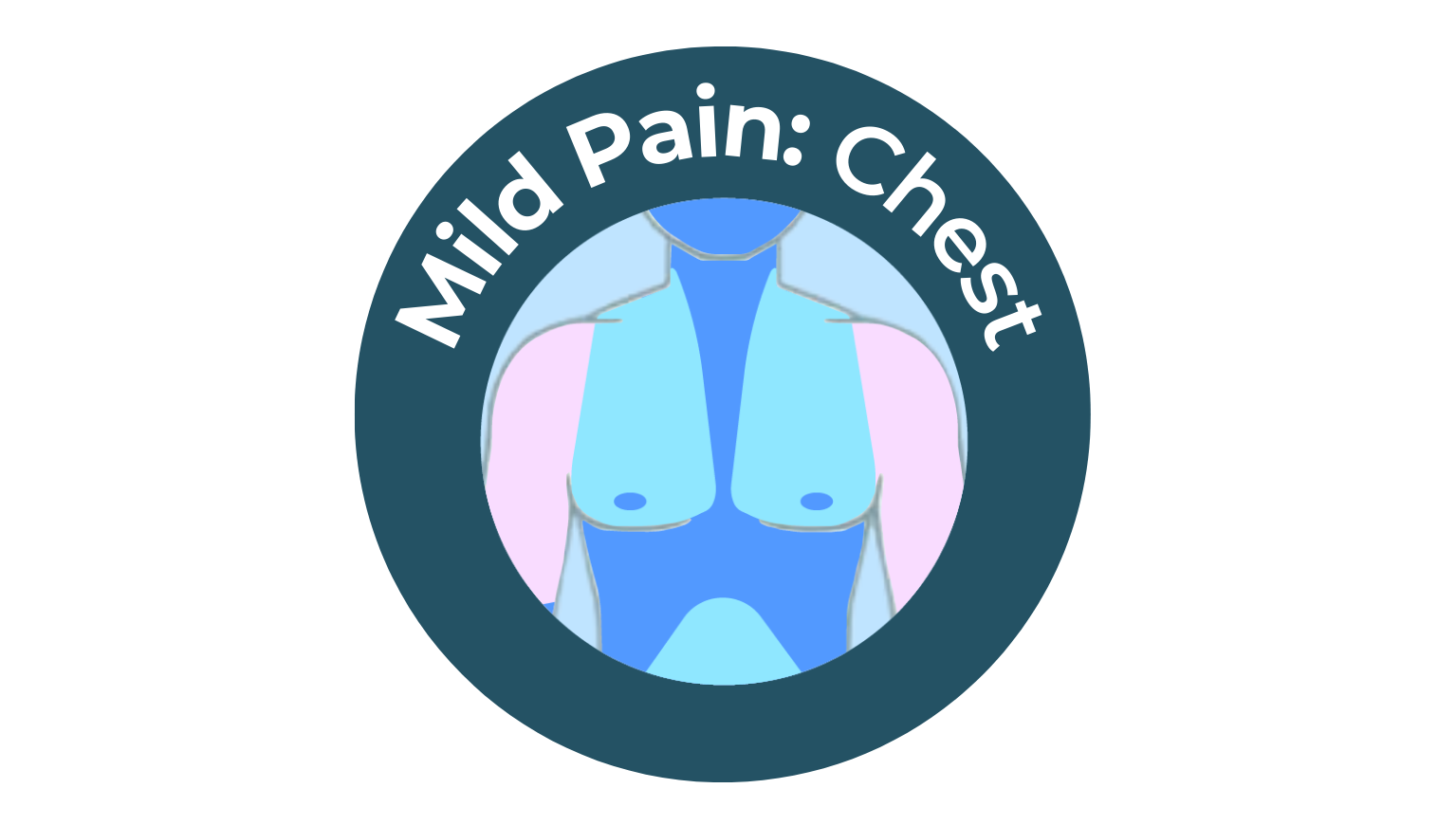
Stomach:
The stomach can be a moderately painful area for tattoos, particularly around the navel and the sides of the abdomen.
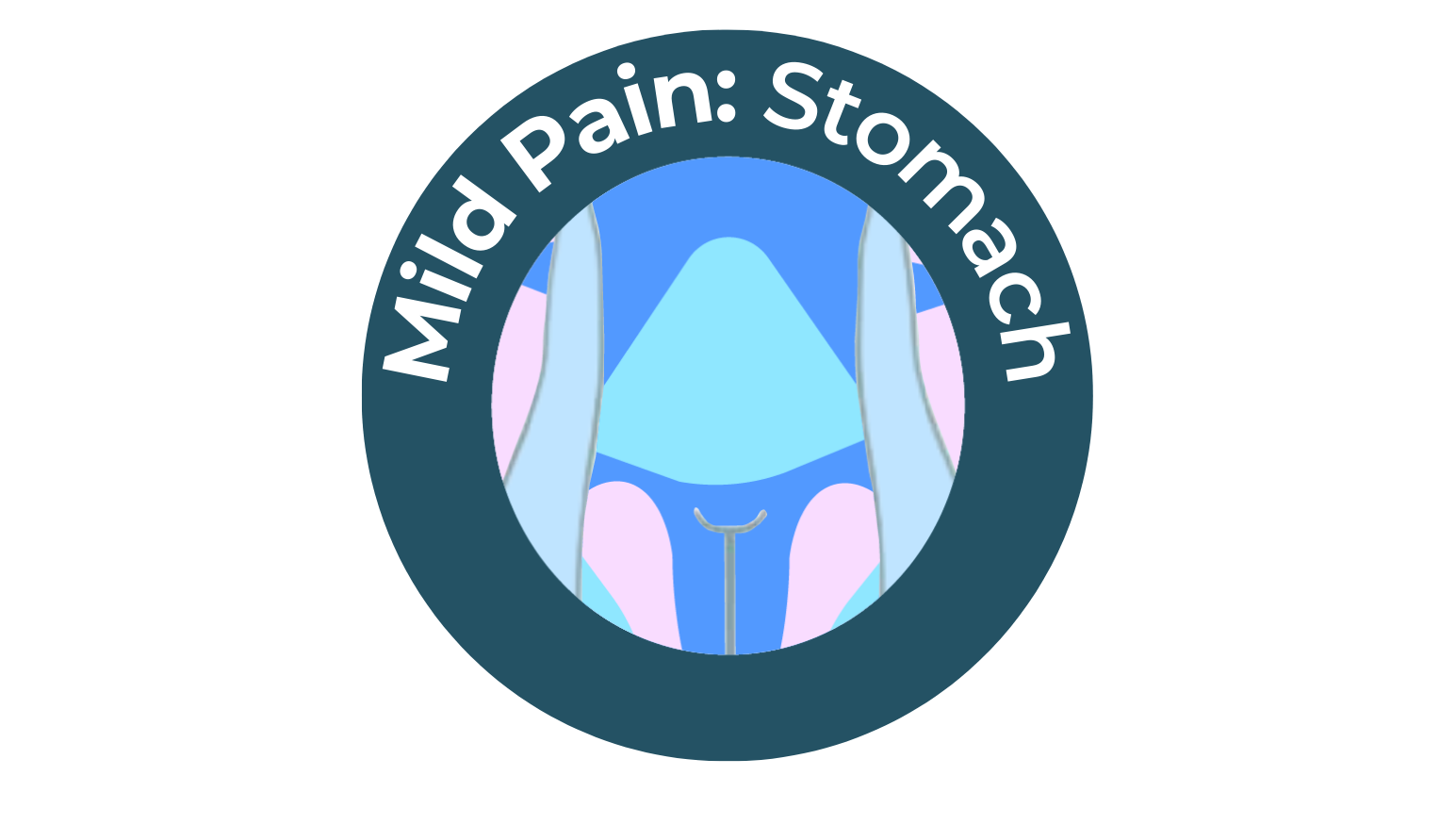
Lower Back:
The lower back is a relatively sensitive area due to the proximity of the spine and nerves, but it can be less painful than the spine itself, especially in areas with more muscle padding.
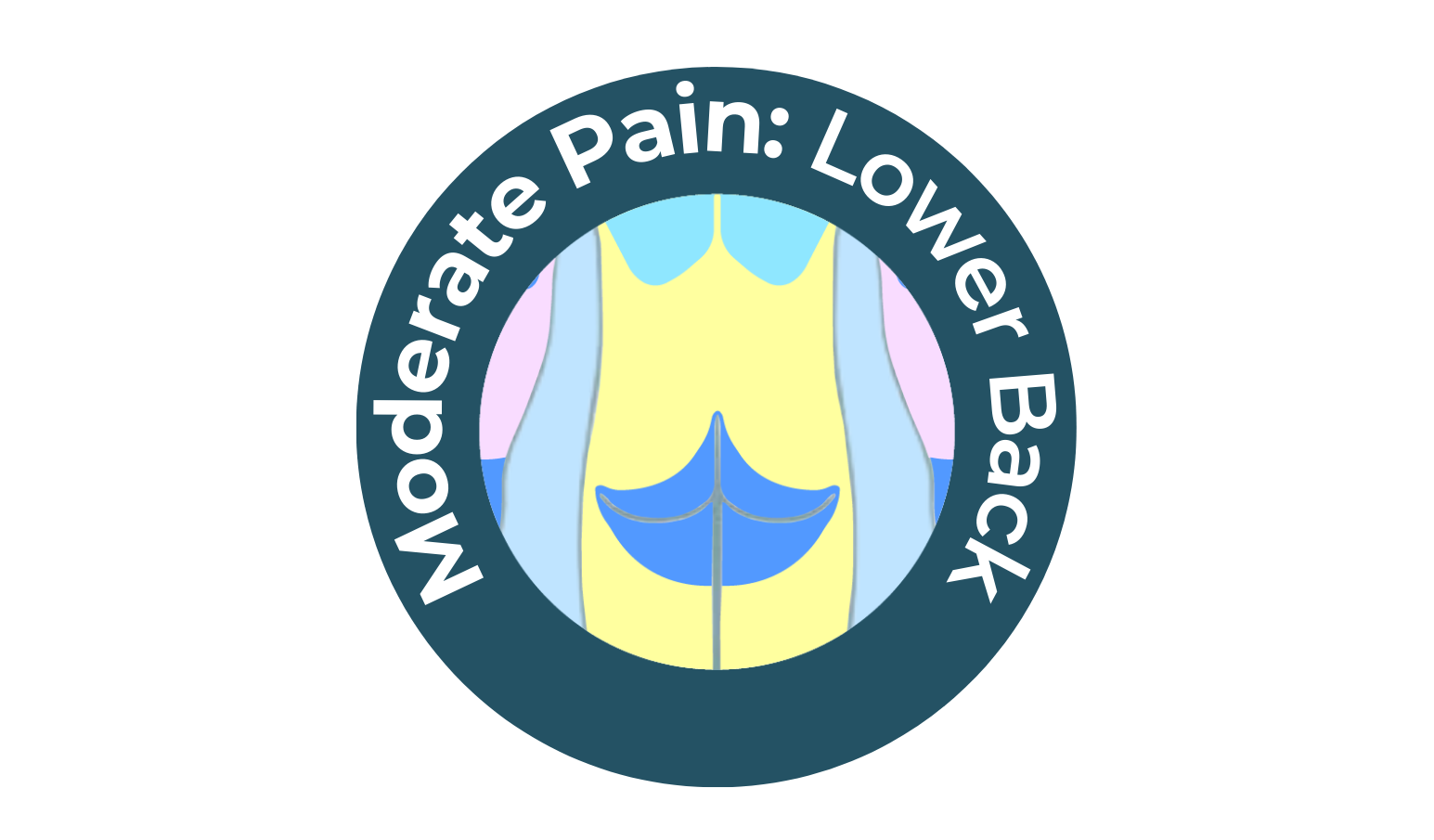
Buttocks:
The buttocks have a significant amount of muscle and fatty tissue, providing some cushioning. This can still be a tender area depending on which part of the buttocks you are tattooing.
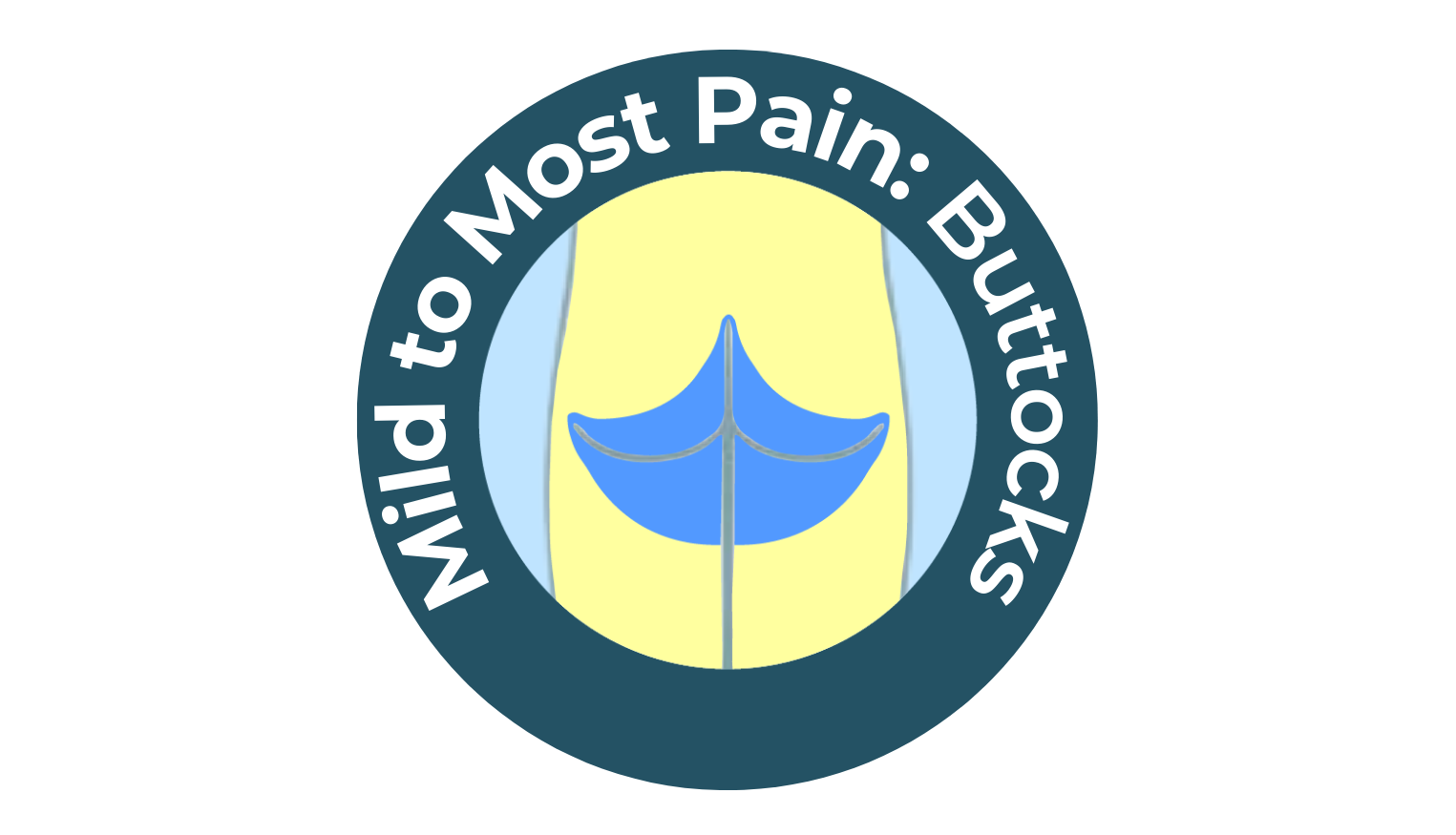
Calves:
The calves have a fair amount of muscle and padding, making them a relatively less painful area for tattoos.
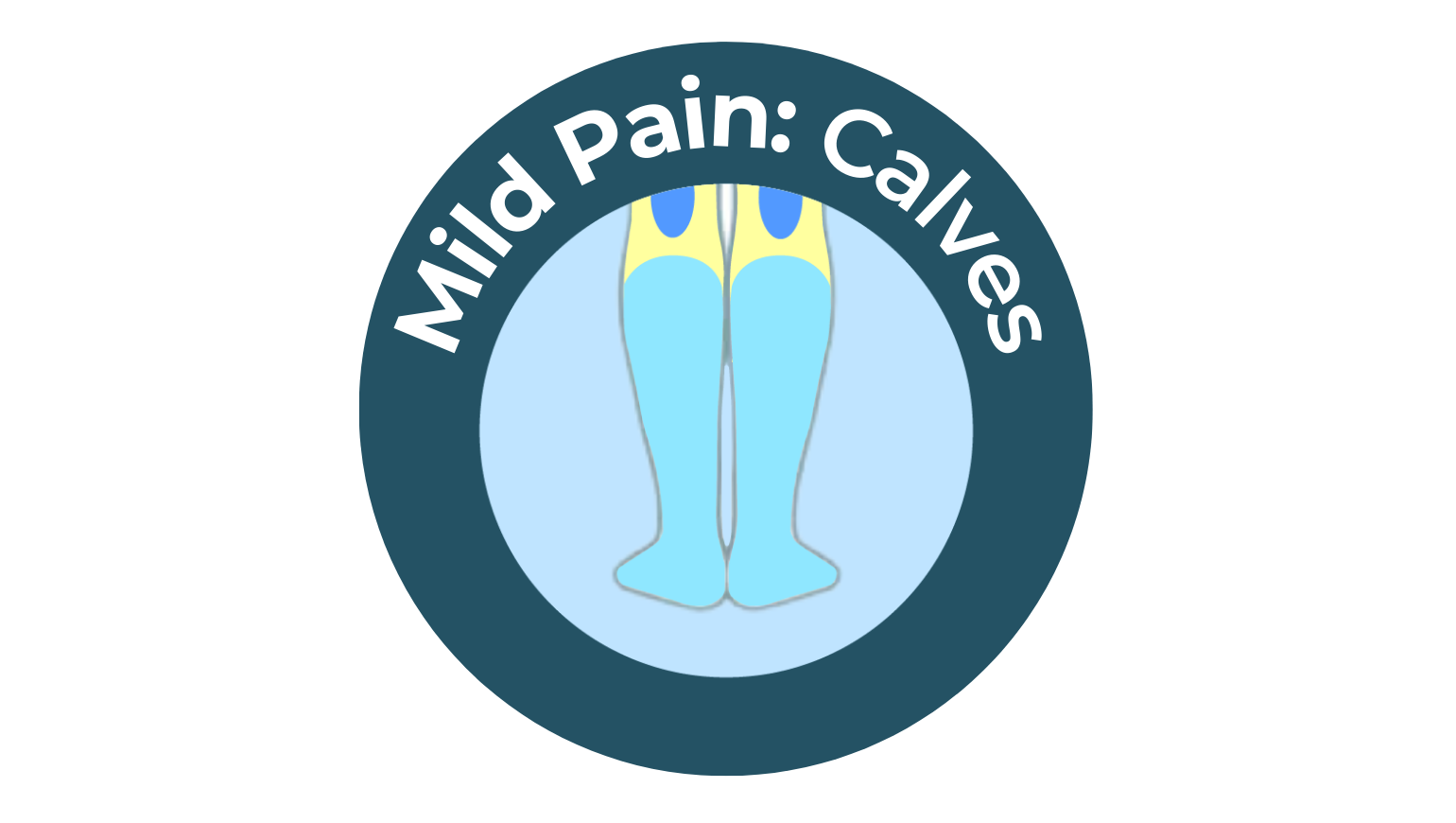
c. Least Painful Areas
Upper Arms:
The upper arms, particularly the outer part, have more muscle and padding between the skin and the underlying bone, making them one of the least painful areas for tattoos.
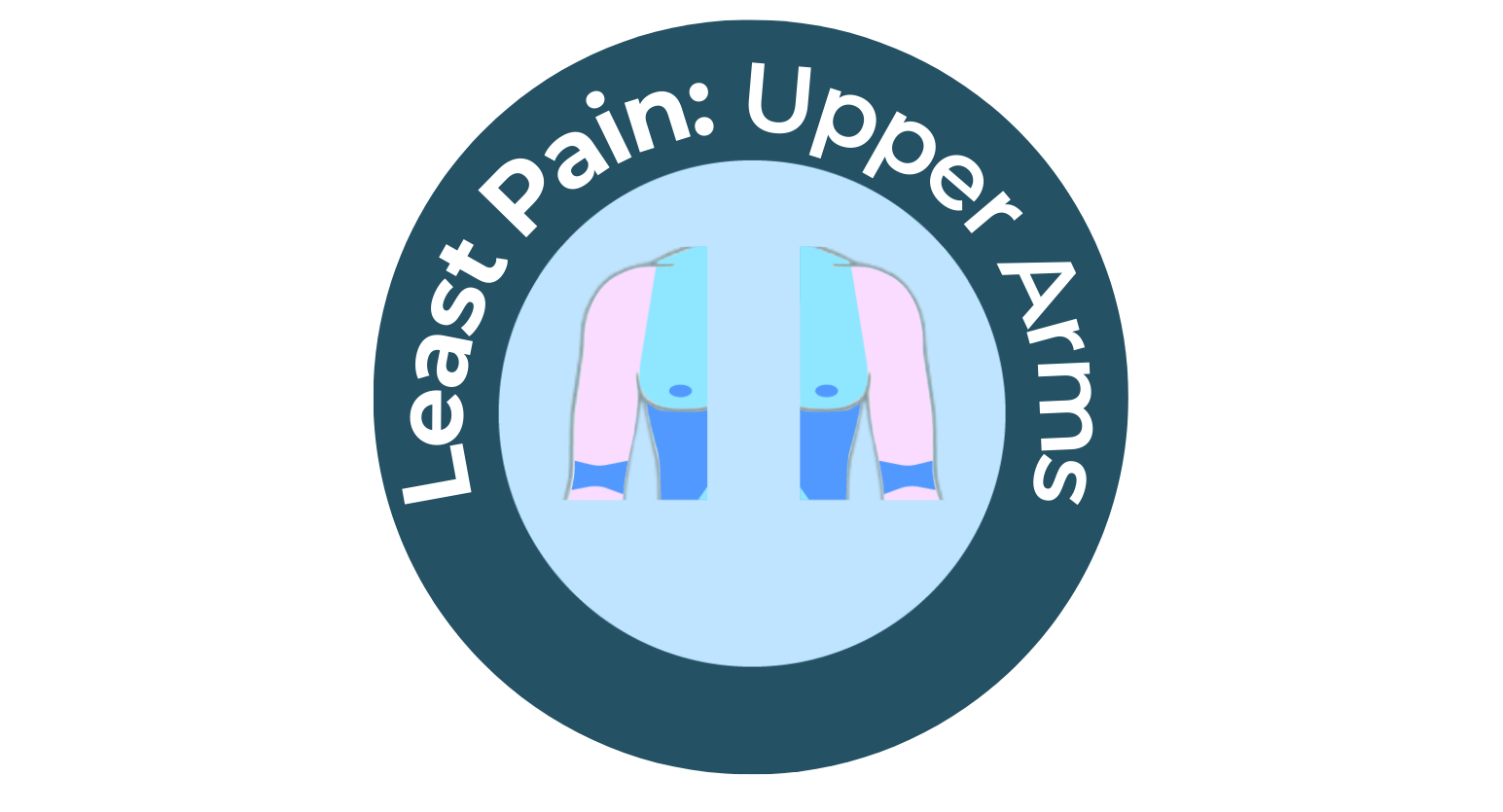
Shoulders:
The shoulders have a good amount of muscle and padding, providing some cushioning and making them a less painful area for tattooing.
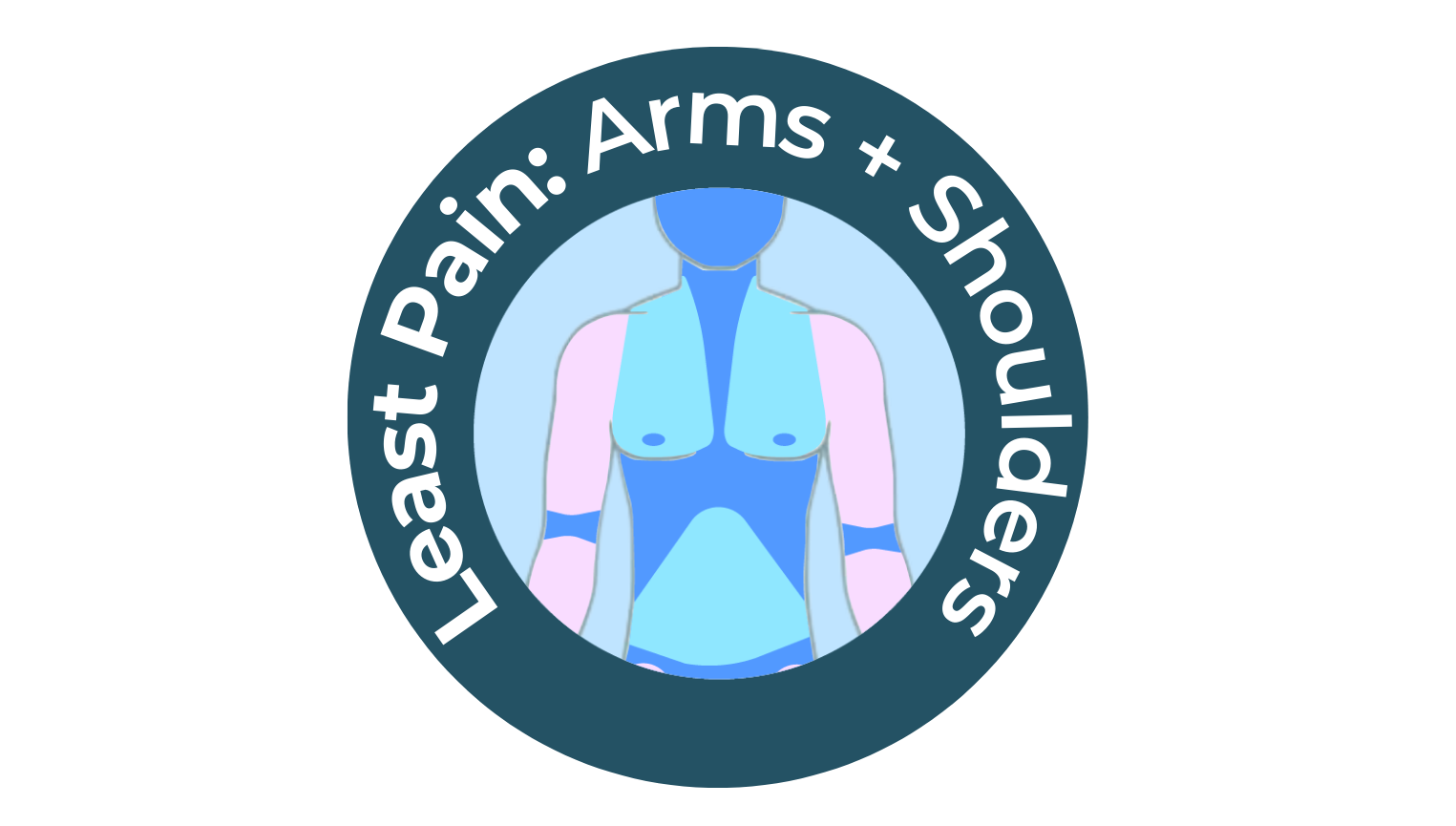
Wrists and Forearms:
These areas have a moderate amount of nerve endings and blood vessels, making them occasionally painful locations for tattoos. However, the pain in these areas can be more manageable than in areas with thinner skin or closer proximity to bones.
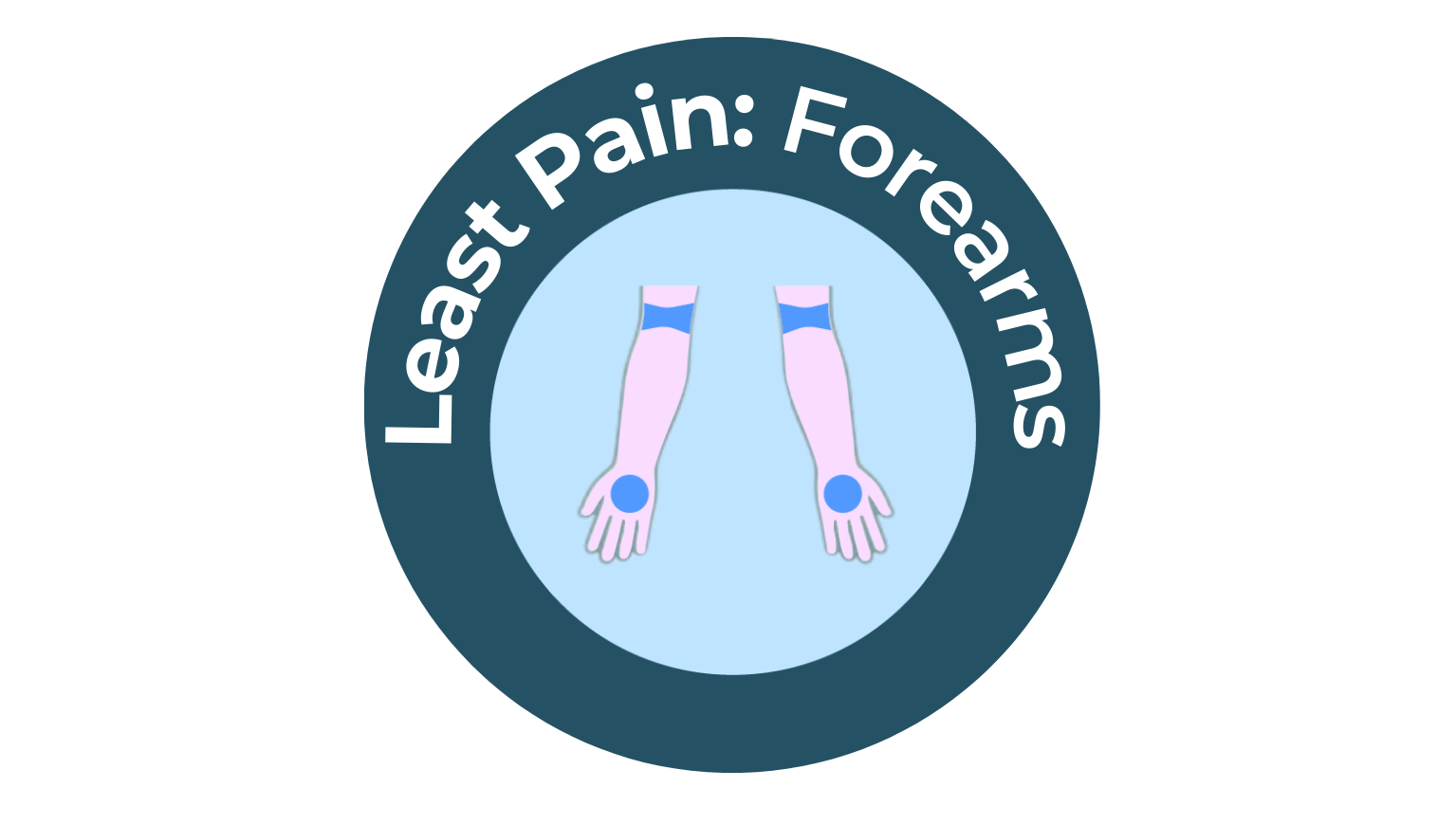
Thighs
The thighs are relatively less painful areas for tattoos, with the inner thigh being more sensitive than the outer thigh due to the increased number of nerve endings and thinner skin.
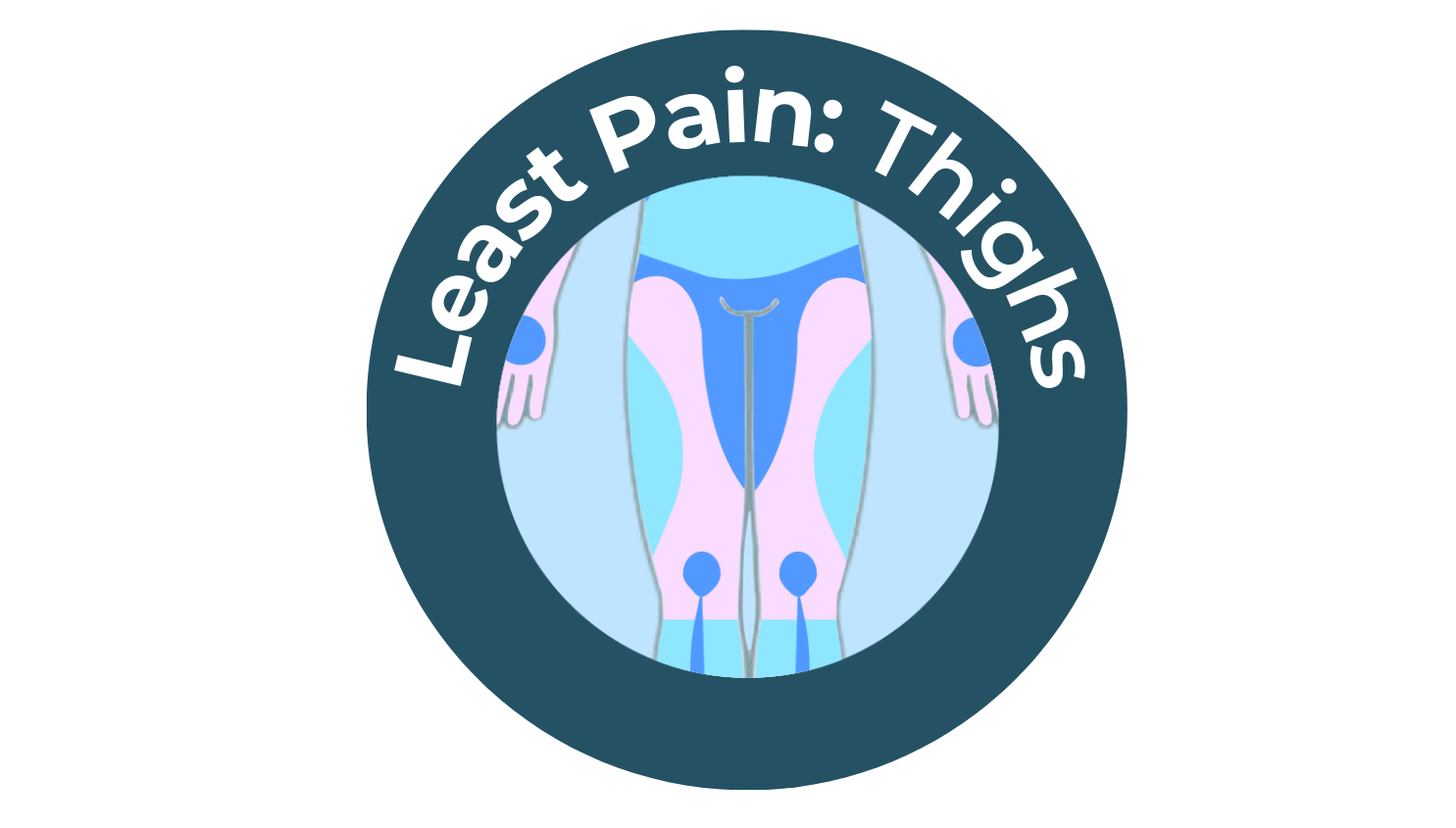
Suggestions for Alleviating Tattoo Pain During Your Procedure
While some pain is unavoidable during the tattooing process, there are several strategies you can employ to help minimize discomfort and improve your overall experience.
- Choose the Right Artist: Selecting an experienced tattoo artist with a gentle touch and a reputation for minimizing pain can make a significant difference in your comfort level. If you are sensitive to environments, consider how the tattoo studio makes you feel, as well!
- Communicate with Your Artist: Discuss your concerns about pain with your artist before the session. They may be able to suggest alternative placement options or techniques to help manage discomfort.
- Stay Hydrated and Nourished: Proper hydration and nutrition before your tattoo session can help improve your pain tolerance and promote a more comfortable experience.
- Get Adequate Rest: Ensure you get a good night’s sleep before your tattoo appointment, as fatigue can negatively impact your ability to tolerate pain.
- Consider Numbing Creams: Over-the-counter numbing creams can help reduce pain during the tattooing process. Consult with your tattoo artist before using any numbing products, as some may interfere with the tattoo ink or healing process.
- Practice Relaxation Techniques: Deep breathing, meditation, or other relaxation techniques can help manage pain during the tattooing process. Find a method that works for you and practice it before your appointment.
- Bring a Distraction: Bring a friend, music, or a book to help distract you from the pain during your tattoo session.
Preparing for Your Tattoo Session: Tips for Minimizing Pain
Before getting a tattoo, it’s essential to prepare yourself mentally and physically for the experience. Here are some tips to help manage pain during the tattooing process:
- Choose a Comfortable Environment: Opt for a tattoo studio with a relaxing atmosphere and comfortable seating. This will help you feel more at ease and better able to manage any pain that arises during the session.
- Wear Appropriate Clothing: Select loose, comfortable clothing that allows easy access to the area being tattooed. Tight or restrictive clothing can exacerbate pain and make it more challenging to sit still during the session.
- Avoid Alcohol and Drugs: Alcohol and drugs can thin your blood, making the tattooing process more painful and increasing the risk of complications. Stay sober before and during your tattoo appointment.
- Discuss Pain Management Options with Your Artist: Before your session, talk to your tattoo artist about pain management strategies. They may recommend over-the-counter pain relievers, numbing creams, or other techniques to help minimize discomfort.
- Hydrate Before Your Appointment: To better care for your skin and body, and to minimize pain and discomfort during your tattoo session, make sure to hydrate ahead of your appointment. Hydration is important for your skin and comfort during tattooing.
Proper Aftercare Practices to Help Reduce Tattoo Pain
Proper aftercare is crucial for reducing pain and ensuring a smooth healing process. Here are some tips for managing pain during the tattoo healing period:
- Keep the Tattoo Clean and Moisturized: Gently clean your tattoo with mild, fragrance-free soap and water, then apply a thin layer of unscented moisturizer to keep the skin hydrated and promote healing. Avoid using alcohol or hydrogen peroxide, which can be too harsh and cause increased pain.
- Avoid Direct Sunlight: Excessive sun exposure can cause pain and slow the healing process. It can also damage your tattoo and make it appear blurry or faded. Keep your tattoo covered or apply a high-SPF sunscreen to protect the area from harmful UV rays.
- Avoid Soaking the Tattoo: Avoid swimming or soaking your tattoo in water for extended periods, as this can cause increased pain and slow the healing process. Stick to brief showers and keep the area clean and dry.
- Don’t Scratch or Pick at the Tattoo: It’s normal for the tattoo to itch and scab as it heals, but resist the urge to scratch or pick at the area, as this can cause pain and lead to infection or scarring.
Pain Management Techniques for Your Future Tattoos
If you’ve experienced significant pain during a previous tattoo session, consider employing some of these tattoo pain management techniques for future tattoos:
- Gradual Exposure: If you’re new to tattoos or have low pain tolerance, consider starting with smaller, less painful tattoos before working your way up to more extensive or more painful designs.
- Break Up the Session: If you’re planning a large or intricate tattoo, consider breaking up the session into multiple shorter appointments. This can help make the pain more manageable and give your body time to recover between sessions.
- Opt for a Less Painful Location: If you’re particularly sensitive to pain, consider choosing a less painful body part for your tattoo. Areas with more padding, like the upper arms or buttocks, tend to be less painful than areas with thinner skin or closer proximity to bones.
- Practice Deep Breathing and Relaxation Techniques: Deep breathing, visualization, or other relaxation techniques can help calm your mind and reduce the perception of pain during a tattoo session.
Interesting Statistics About Tattoos and Tattoo Pain
1. Approximately 30% of Americans have at least one tattoo, with the number continuing to grow each year.
2. Surveys indicate that 17% of people with tattoos have reported experiencing some form of tattoo regret, often due to poor design choices or placement decisions influenced by pain concerns.
3. Tattoo removal procedures have increased by nearly 440% over the past decade, with pain being one of the top reasons cited for removal.
4. About 32% of people report that their first tattoo was the most painful, likely due to a combination of inexperience, fear, and heightened sensitivity to the unfamiliar sensation.
Tattoo pain is a complex and subjective experience, influenced by factors such as body part, pain tolerance, and the artist’s technique. By understanding the most and least painful areas for tattoos and employing strategies to reduce discomfort, you can make more informed decisions about tattoo placement and better prepare for your next tattooing experience. Remember, while pain is a temporary aspect of the tattooing process, the result is a piece of body art that you will carry with you for a lifetime.
Tattoo Removal On Older Skin: I Got My First Tattoo at 18… Now I’m 68
Tattoo removal on older skin is often a deeply personal decision. At 18, that first tattoo felt like freedom, bold, exciting, and a reflection of who you were in that moment. For many, tattoos
Do Tattoos Cause Cancer?
Do Tattoos Cause Cancer? Do tattoos cause cancer? Tattoos have become increasingly popular as a form of self-expression and body art, with millions of people worldwide sporting intricate designs on their skin. Amidst
Is Tattoo Ink Toxic and Can It Cause Organ Damage?
Do You Know What’s in Your Tattoo? Is Tattoo Ink Toxic? Do you know what's in your tattoo and if tattoo ink is toxic? Answering this question is tricky since there has been
Decoding the Tattoo Pain Chart: An Insight into Body Part Pain Intensity
Ultimate Tattoo Pain Guide: Least to Most Painful Body Parts for Tattoos Are you wondering which body parts experience the most and the least pain when getting a tattoo? When it comes to
The Art of Microblading: How to Choose the Right Eyebrow Shape
Choose the Best Microblading Shape For Your Eyebrows Microblading is a cosmetic tattooing technique that involves using a hand-held tool to create semi-permanent eyebrow tattoos. The procedure involves etching hair-like strokes onto the skin
How Much Do Tattoos Cost?
💲💲💲 How Much Does a Tattoo Cost? Tattoos have evolved from being a cultural or tribal symbol to a popular form of self-expression and body art in today's society. With

